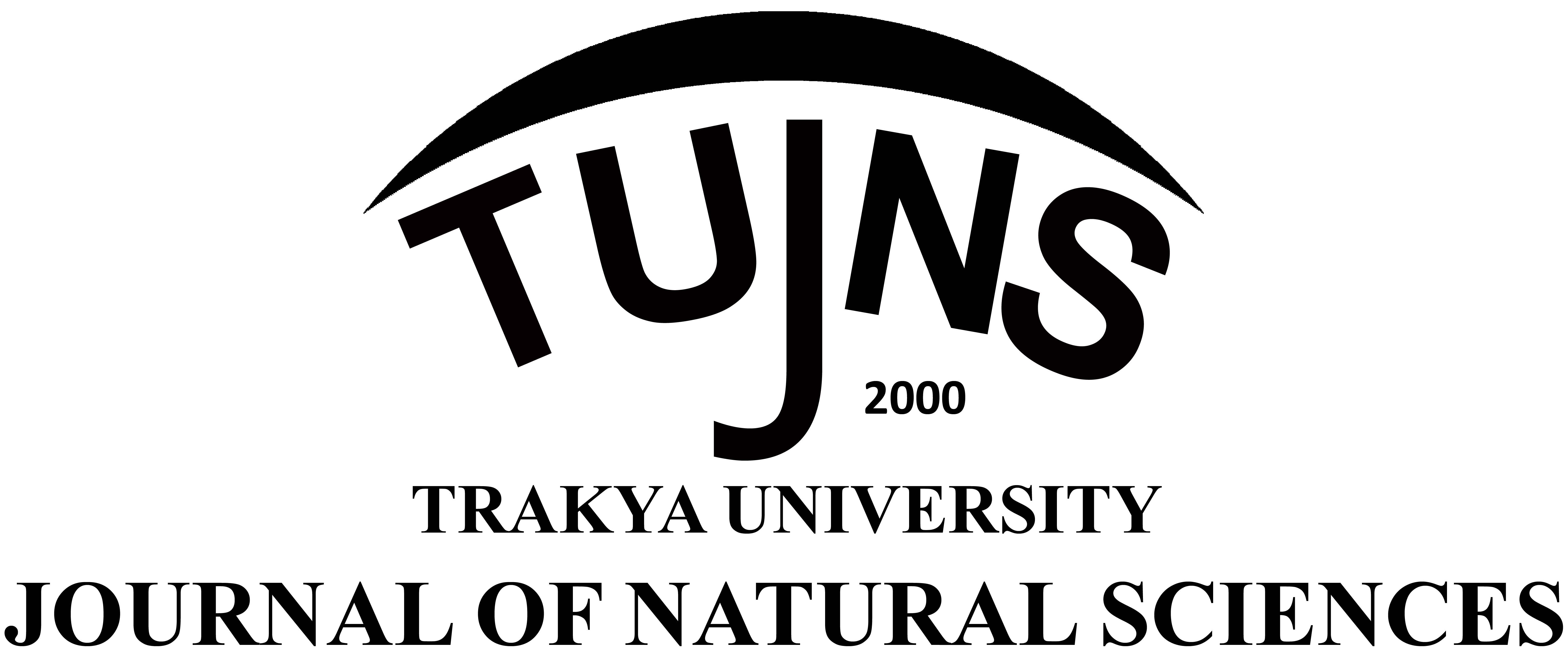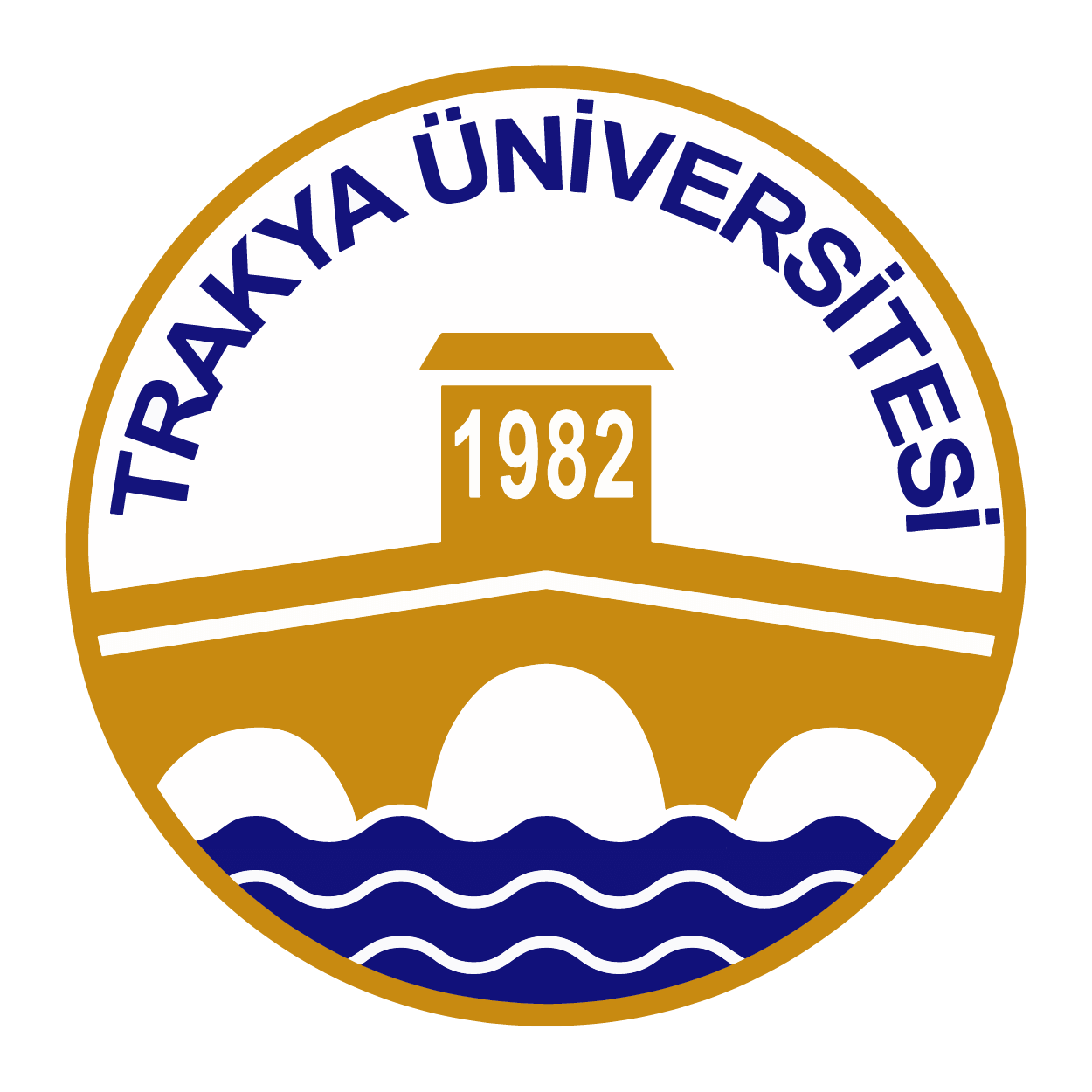Abstract
Bacterial secondary metabolites play an essential role in biotechnological and biomedical applications. Actinomycetes are important bacterial sources of antibiotics and enzymes. Most of the antimicrobials known today have been isolated from actinomycetes, especially from the genus Streptomyces. In this study, actinomycete isolation was performed from Cystoseira barbata (Stackhouse) C. Agardh compost, collected from the Black Sea coast, by serial dilution method. A total of 73 actinomycetes isolates (BSC) were obtained from the compost samples. The ability of the isolates to produce different extracellular enzymes was investigated qualitatively. It was determined that 68.5% of the isolates have amylase, 100% cellulase, 47.9% chitinase, 94.5% pectinase, 98.6% protease and 96.3% lipase/esterase activity. Antibacterial activities of the isolates were investigated primarily using cross-streak method. Isolates showed high antibacterial activities, with 98.6 and 84.9 % against Staphylococcus aureus Rosenbach and Enterococcus faecalis (Andrewes & Horder) Schleifer & Kilpper-Bäl, respectively. Three out of six isolates (BSC-13, BSC-17, BSC-37, BSC-38, BSC-45, BSC-49) with high antibacterial activity, were screened secondarily for their antibacterial activities using double-layer method. At day 7, BSC-37 isolate showed a high inhibition (57 mm) against S. aureus. Furthermore, these six isolates were identified according to their morphological and physiological characteristics and 16S rDNA sequence analysis. 16S rDNA sequence analysis showed that the isolates with high antibacterial activity belong to Streptomyces genus. Results indicated that these isolates have great potential and may serve as a good source for the studies on bioactive natural products.



